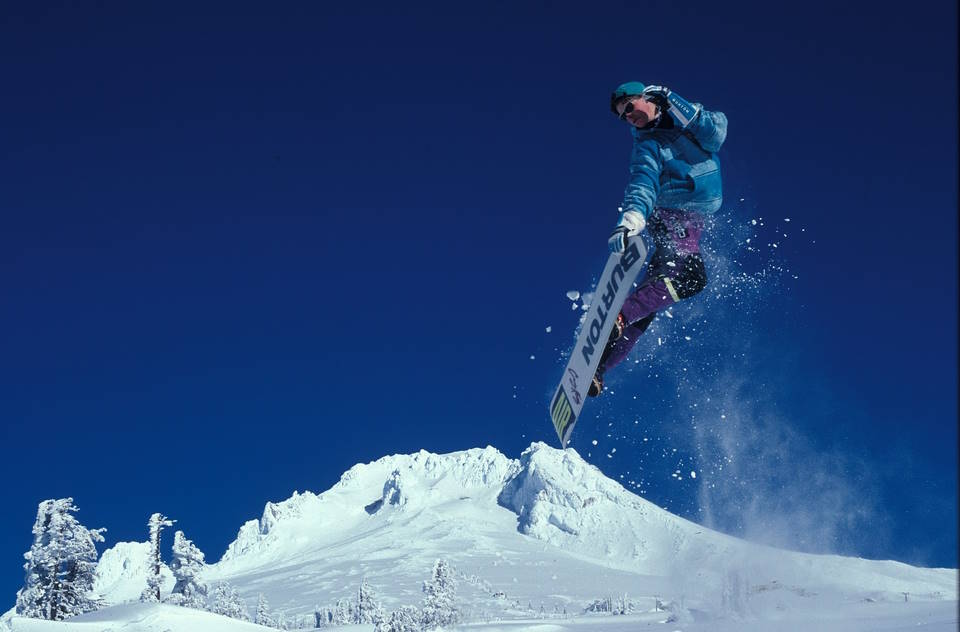Snowboarding is a popular winter sport that has gained a strong following over the years. For those looking for an adrenaline rush, there’s nothing quite like the feeling of gliding down a snow-covered mountain on a snowboard. However, many potential snowboarders may wonder just how difficult this sport really is. In this blog post, we’ll explore the physical demands of snowboarding, the learning curve involved, common challenges that snowboarders face, and the improvements that can be made over time. Whether you’re a first-timer considering trying out snowboarding or a seasoned rider looking to improve your skills, understanding the level of difficulty involved in snowboarding can help you better prepare for the challenges ahead. Let’s dive in and uncover the truth about how hard snowboarding really is.
Physical Demands
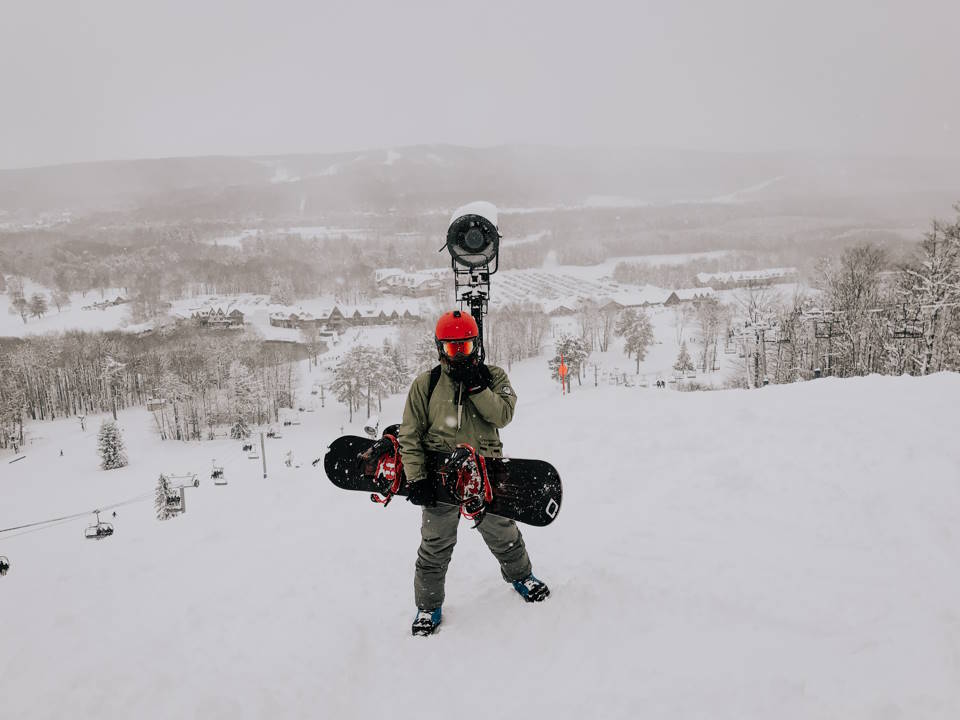
When it comes to snowboarding, it is important to understand the physical demands of the sport. Snowboarding requires a great deal of physical strength, endurance, and balance. The act of snowboarding involves using your entire body to maneuver down the mountain, which can be incredibly strenuous. From standing up after a fall, to navigating through various terrains, snowboarding puts a significant strain on the muscles.
One of the most demanding aspects of snowboarding is the constant need for balance and core strength. As you navigate down the mountain, every movement requires a great deal of stability and control. This means that your core muscles are constantly engaged, as they are responsible for keeping you upright and balanced. In addition, the lower body muscles, such as the quads, calves, and glutes, are constantly engaged as they work to help steer and control the snowboard.
Furthermore, snowboarding requires a strong level of cardiovascular endurance. Whether you are hiking up the mountain, or riding down the slopes, snowboarding requires a great deal of stamina. The high-intensity nature of the sport means that your heart rate is constantly elevated, and your muscles are constantly working to keep up with the demands of the sport.
Overall, snowboarding is an incredibly physically demanding sport that requires a great deal of strength, balance, and endurance. It is important to be in good physical shape in order to fully enjoy the experience and to prevent any potential injuries that may arise from the intense physical demands of the sport.
Learning Curve
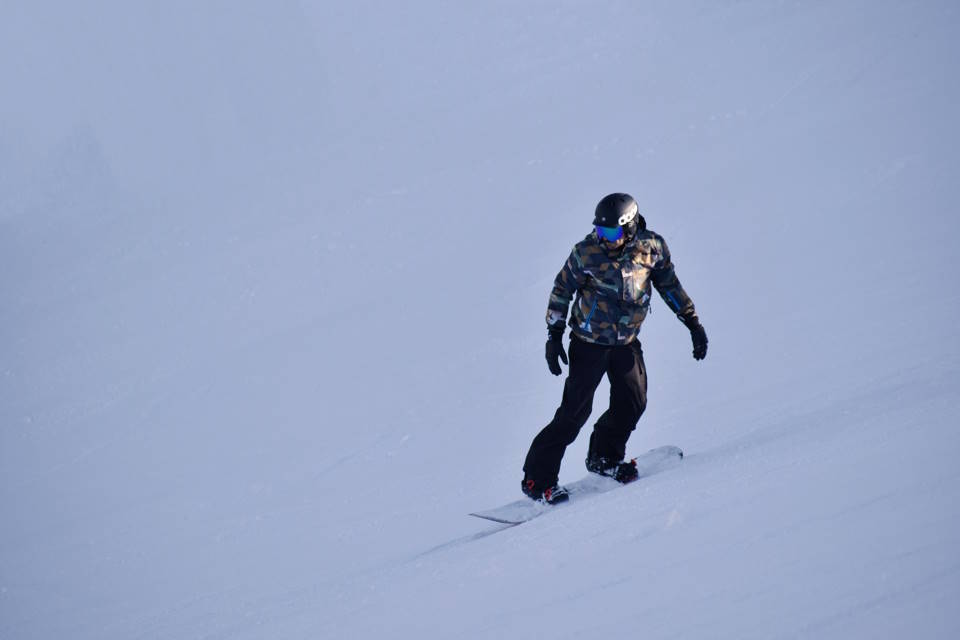
Snowboarding is an exhilarating and challenging sport that requires dedication, practice, and determination to master. As with any new skill, learning to snowboard has its own unique learning curve that can be both frustrating and rewarding. Many beginners struggle with finding their balance and coordination on the board, as well as mastering the techniques for turning and stopping. It can be overwhelming at first, but with perseverance and the right mindset, progressing through the learning curve is achievable.
One of the major challenges that new snowboarders face is overcoming the fear of falling. It’s inevitable that you will take a few tumbles when learning to snowboard, but it’s important to remember that falling is a natural part of the learning process. Developing the confidence to push through the fear of falling is a crucial aspect of the learning curve in snowboarding.
Another aspect of the learning curve in snowboarding is understanding the various terrains and conditions of different slopes. Beginners often struggle with navigating through uneven terrain, deep powder, or icy patches. Learning how to adapt to different snow conditions and terrains is essential for progress in the sport.
Despite the initial challenges, the learning curve in snowboarding becomes less steep as you continue to practice and improve. With dedicated time and effort, new snowboarders will find themselves gaining confidence, refining their skills, and eventually experiencing the thrill of conquering challenging slopes and terrain.
Common Challenges
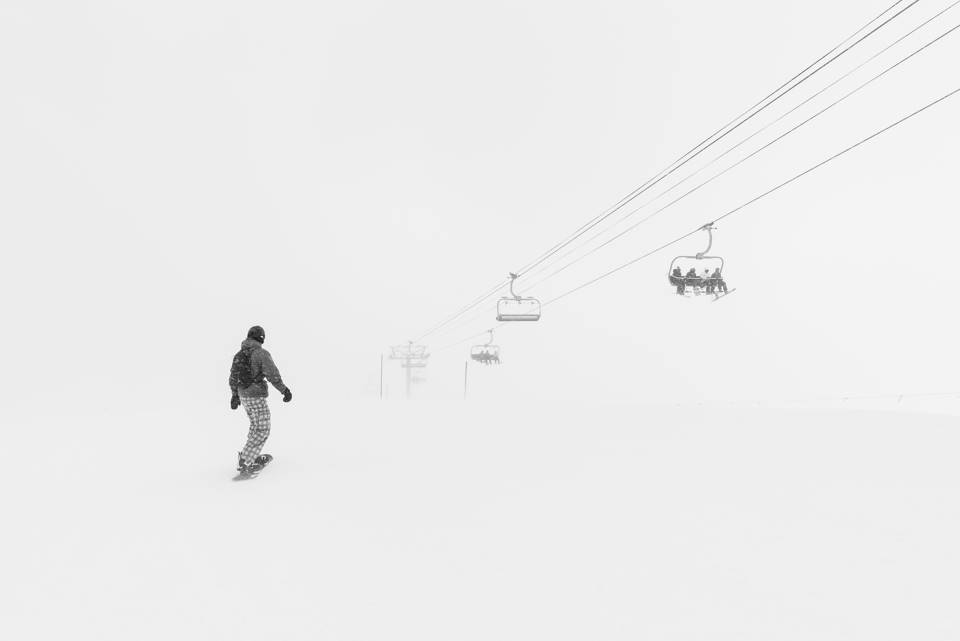
Snowboarding is an exhilarating and challenging sport, but it also comes with its fair share of common challenges that every rider can relate to. One of the most prevalent challenges that snowboarders face is the initial struggle of finding their balance and mastering the art of riding down the mountain. It can be a frustrating and daunting task to get the hang of balancing on the board and navigating through the snow, especially for beginners. However, with patience and practice, most riders are able to overcome this hurdle and progress in their snowboarding skills.
Another common challenge for snowboarders is dealing with changing weather conditions and terrain. Snowboarders often have to contend with varying snow conditions such as icy patches, slushy spots, and moguls, which can make for a challenging and unpredictable ride. Additionally, different weather patterns and temperatures can affect the quality of the snow, making it more difficult for riders to maintain control and stability.
Furthermore, snowboarding comes with its fair share of risks and potential dangers, such as the risk of injury from falls and collisions. It’s not uncommon for snowboarders to experience bumps, bruises, or more serious injuries as they navigate their way through the slopes. This constant risk factor can be a significant challenge for many riders, especially those who are new to the sport and are still learning how to protect themselves while riding.
Lastly, one of the common challenges that every snowboarder faces is the mental obstacles that come with the sport. It takes a lot of courage and determination to push past fear and self-doubt, especially when attempting new tricks or riding on challenging terrains. Overcoming these mental barriers is a significant challenge for many riders, but it also offers an opportunity for personal growth and development as they push themselves to conquer their fears and limitations.
Improvement Over Time
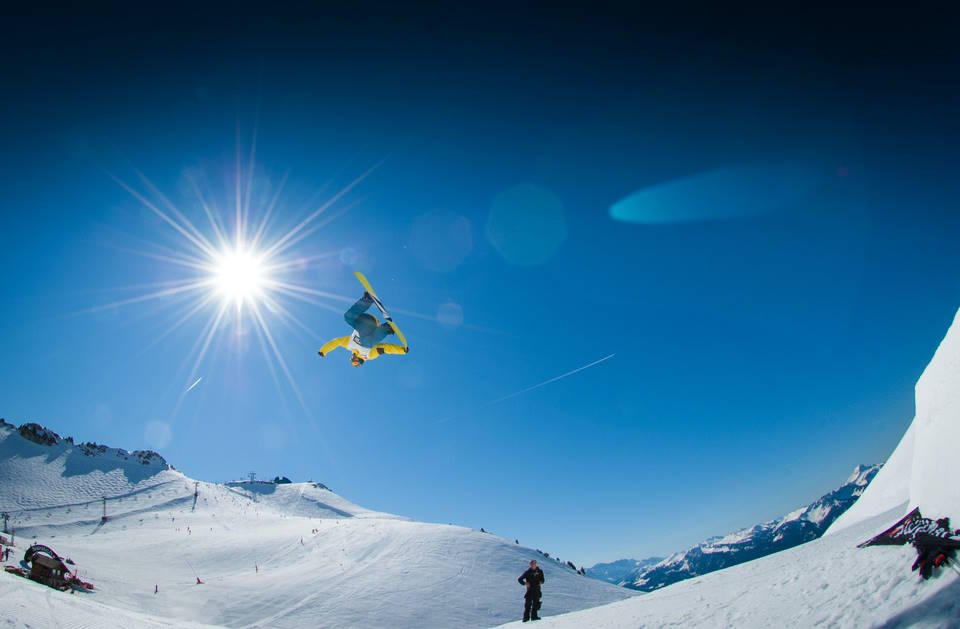
Snowboarding can be a challenging sport for beginners, but with dedication and consistent practice, improvement over time is inevitable. As with any physical activity, it takes time to build the necessary strength and coordination to navigate the slopes with ease. When first starting out, many beginners struggle with maintaining balance and control, but as they continue to practice and hone their skills, they will see significant improvement in their abilities.
One of the key factors in improving at snowboarding is learning from mistakes and building upon them. When beginners make mistakes on the slopes, it can be discouraging, but these setbacks serve as valuable learning opportunities. By analyzing what went wrong and making adjustments, snowboarders can steadily progress and become more confident in their abilities.
Another important aspect of improvement over time is setting realistic goals and constantly pushing oneself to achieve new milestones. Whether it’s mastering a new trick or conquering a challenging terrain, having tangible goals can provide motivation and a sense of accomplishment as riders continue to progress. With each new achievement, snowboarders will gain a greater sense of satisfaction and a desire to continue pushing themselves further.
In conclusion, improvement over time is a natural part of the snowboarding journey. While the sport may seem difficult and overwhelming at first, with dedication, perseverance, and a willingness to learn, riders will see significant progress in their skills and abilities. By embracing the learning curve and remaining persistent, snowboarders can overcome challenges and experience the exhilarating feeling of mastering a sport that they are passionate about.

